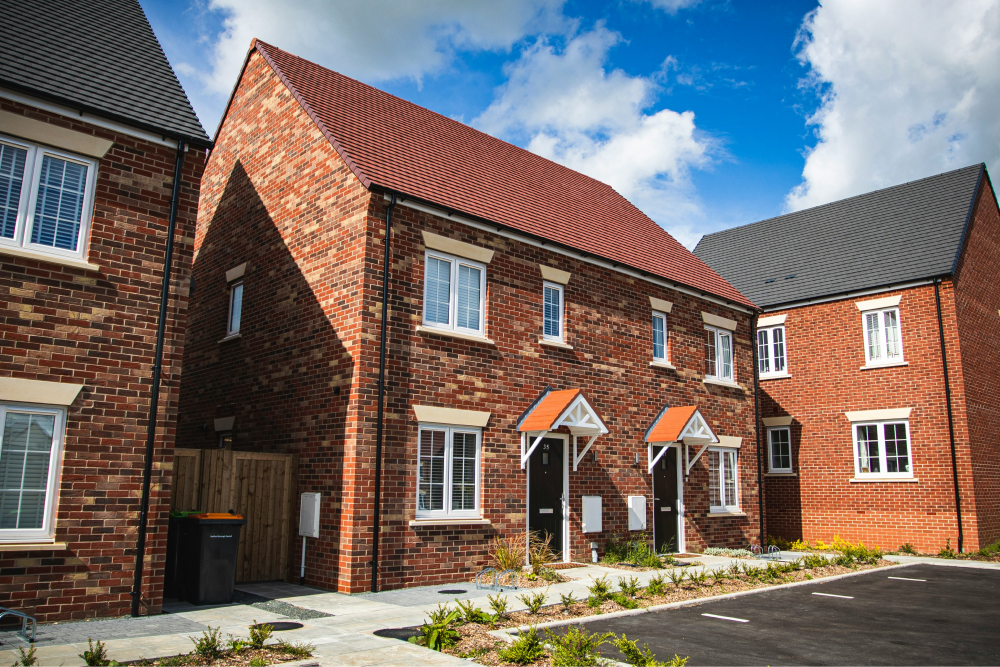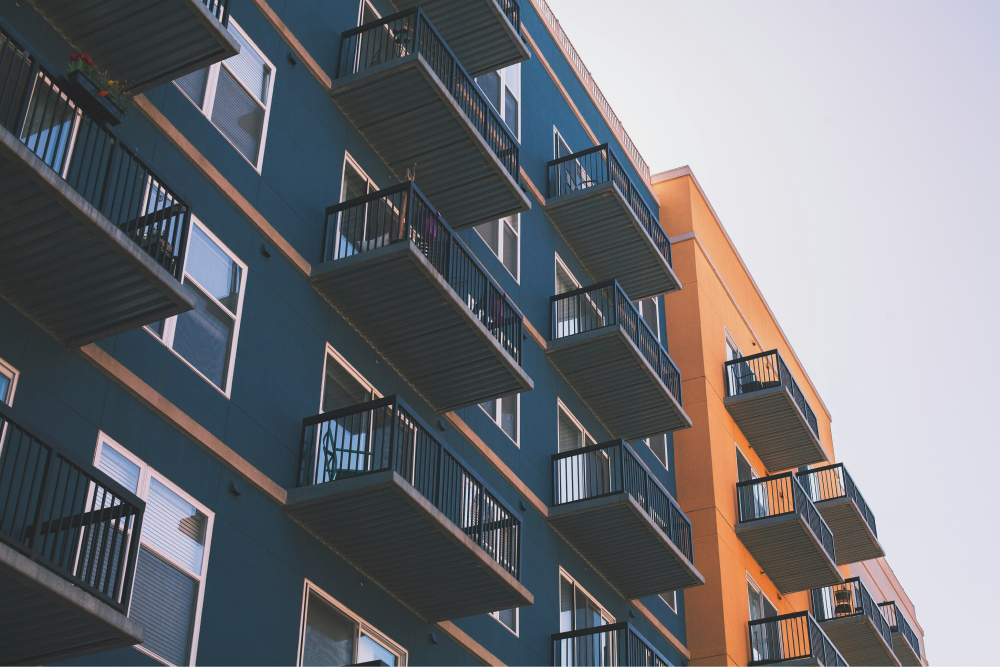Introduction
Are you concerned about the fire safety of your flat? If you’ve been told it’s safe but have doubts, it’s crucial to take action. This guide will walk you through the steps to address your concerns effectively. From reviewing the fire safety assessment to gathering evidence and filing complaints, we’ve got you covered. If you need further assistance, there are resources available to help you understand your rights and resolve your legal issues.
If you live in a flat and have been told that it’s fire safe, but you believe otherwise, it’s important to take action. Here’s a step-by-step guide to help you address your concerns.
Step 1: Review the Fire Safety Assessment
First, request a copy of the fire safety assessment. You can get this from your landlord or the local council, depending on who conducted the assessment. Take some time to read through the findings. If there are parts you don’t understand or if you still disagree with the assessment, communicate your concerns to your landlord.

Step 2: Gather Evidence
Collect any evidence that supports your belief that your home is unsafe. This may include:
- A copy of the fire safety assessment
- Any correspondence (emails, letters) between you and your landlord regarding fire safety
- A list of reasons why you disagree with the assessment
- A report from the fire service, if possible
Having this information handy will strengthen your case.
Step 3: Know How to File a Complaint
The next step depends on who you rent from—whether it’s the council, a private landlord, or a housing association. Check your tenancy agreement for details on how to file a complaint.
- For Council Tenants: You can usually find the complaints process on your local council’s website. It’s best to put your complaint in writing. Clearly explain why you disagree with the fire safety assessment and what you would like to happen next, such as requesting a new assessment or necessary changes to the building. Don’t forget to keep a copy for your records.
- For Private Landlords or Housing Associations: If you’re not satisfied with your landlord’s response, reach out to your local council. They can conduct an inspection to determine if there are any hazards in your home. If the council concludes that there are no hazards and you still disagree, you can escalate the issue by complaining to the Local Government Ombudsman.
Step 4: Consider Talking to Your Local MP
If you feel that your concerns are not being taken seriously, consider reaching out to your local Member of Parliament (MP). They may be able to advocate for you and bring your issues to the attention of the council.
Step 5: If You’re Still Unsatisfied
If your complaint hasn’t been addressed to your satisfaction, you may need to seek legal advice. There are various options available to assist you in understanding and resolving your legal problems.
Important Note
Living in a home that you believe is unsafe can be stressful. While it’s crucial to push for necessary changes, be aware that there is a possibility your landlord may react negatively, such as threatening eviction. If this happens, seek help immediately.
Conclusion
Your safety is paramount, and you shouldn’t have to live in fear. By following these steps, you can take action to ensure that your home is safe. Don’t hesitate to reach out for help if you need it—there are resources available to support you.
For more info, check out some of our related articles:
